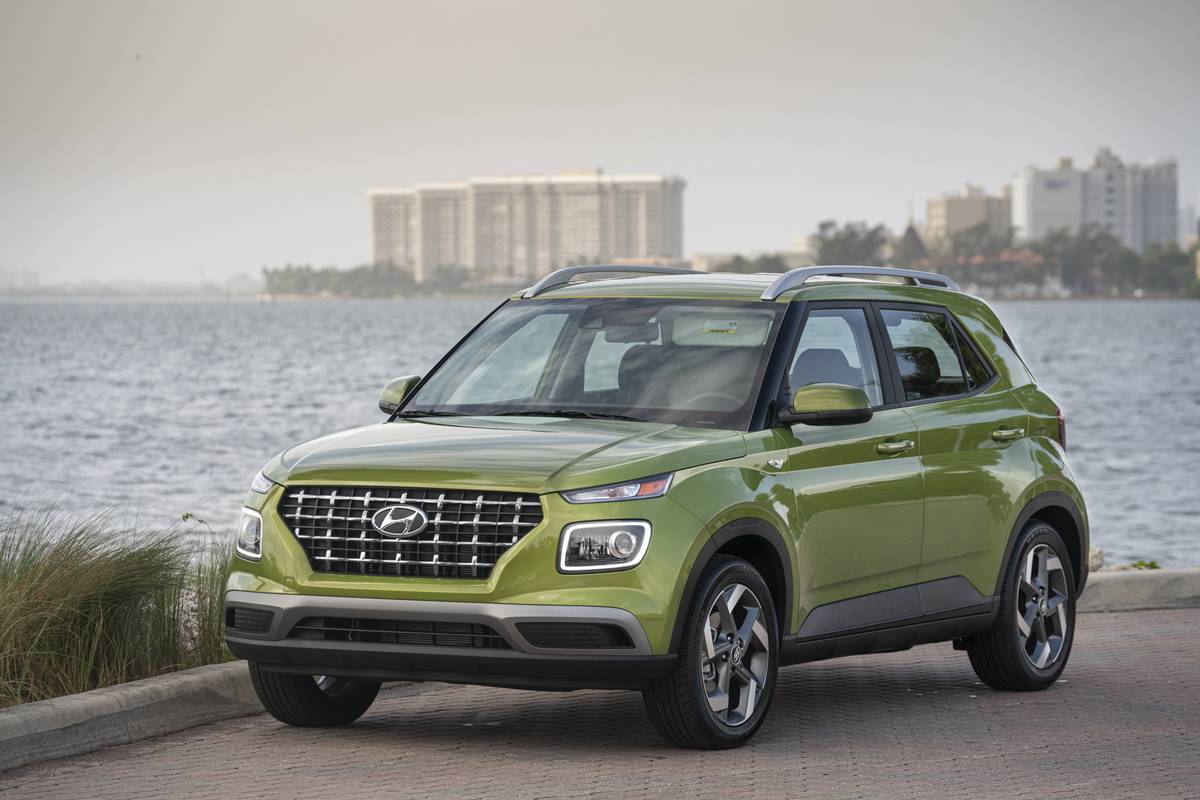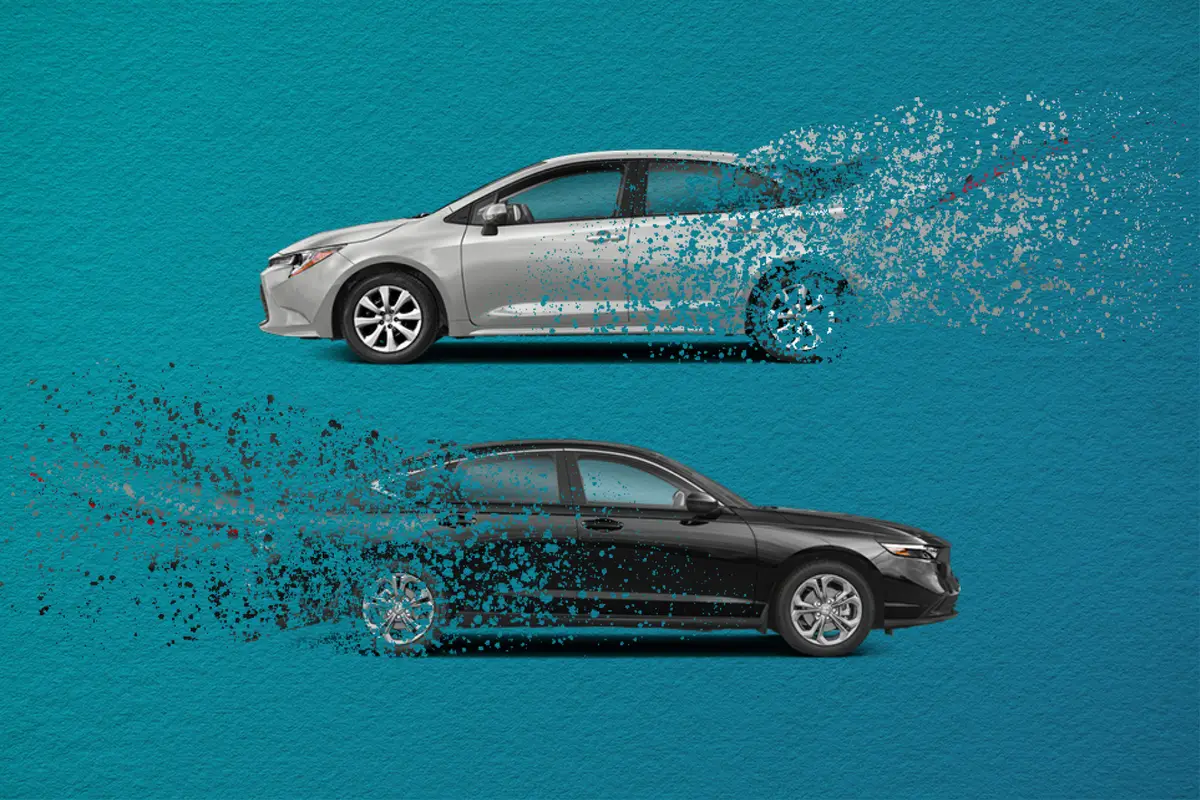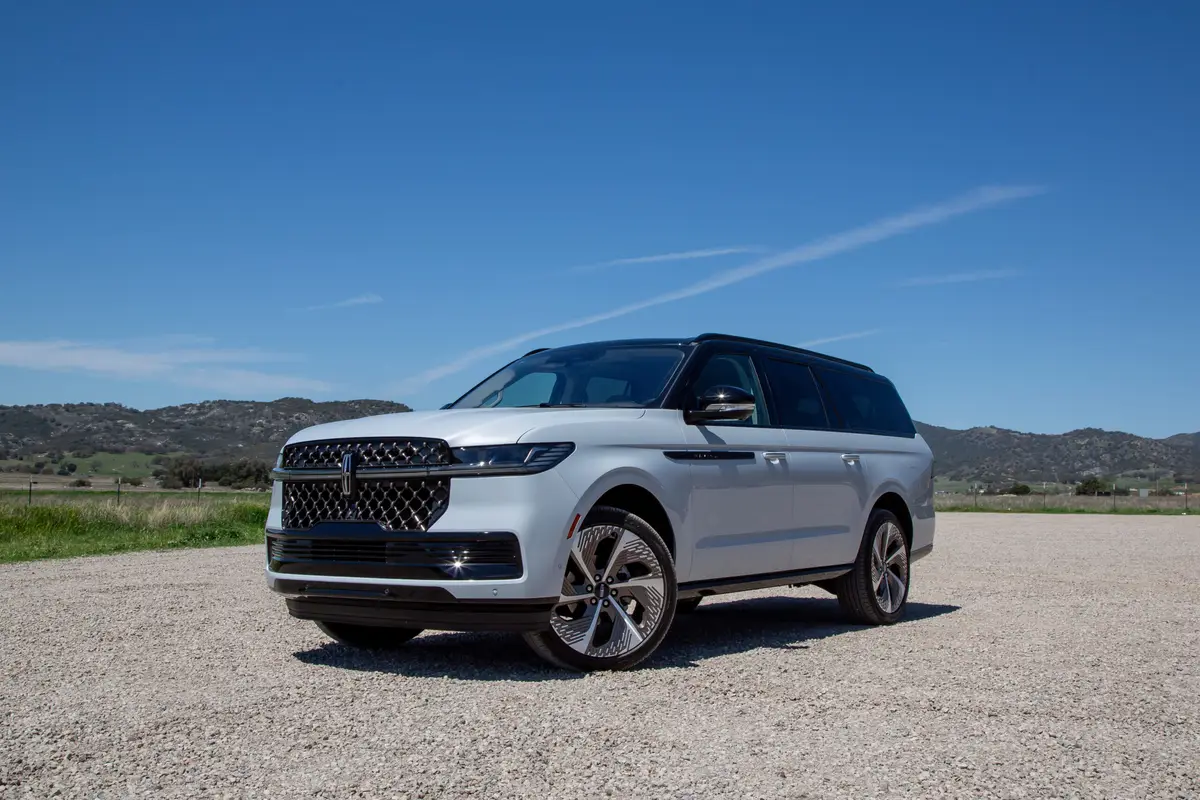We Have a Winner: Why the 2020 Hyundai Palisade Is the Best 3-Row SUV


The 2020 Hyundai Palisade took home the crown in our 2020 3-Row SUV Challenge, besting a deep field of SUVs with relative ease. The Palisade’s win completes a very good year for Hyundai in Cars.com challenges; the Hyundai Santa Fe won our mid-size SUV comparison earlier this year, and the two vehicles share similar strengths, namely value, easy-to-operate technology and cabin controls.
2020 3-Row SUV Challenge
Results | Winner | How We Tested | Mileage Drive | Cargo
Included in the test were two previous comparison winners, the Volkswagen Atlas and Honda Pilot, along with three brand-new SUVs that debuted within the past year: the Palisade, Kia Telluride and Subaru Ascent, and a fully redesigned Ford Explorer. The Palisade, along with the Telluride with which it shares a platform, finished far ahead of the competition with only small differences separating the two.
Across the 14 subjective judging categories, the Palisade’s worst finish was fourth place, and it won or tied for first in eight categories. Combined with strong objective scores for safety features and fuel economy, the Palisade displayed obvious strengths with few weaknesses.
Luxury Feel
The Palisade’s interior is remarkable for a vehicle in this class; I’d classify it as near-luxury at a decidedly non-luxury price. The suedelike headliner in our Limited trim crawled down the A- and B-pillars, while attractive diamond-stitched leather on the doors matched those found on the seats. It’s an incredible level of attention to detail throughout the cabin, which was reflected in the Palisade’s dominant interior quality score. It also won the categories for front- and second-row seat comfort, tying the Atlas in the latter.
- ${price_badge()}
- ${battery_badge()}${ev_report_link()}
- ${hot_car_badge()}
- ${award_badge()}
- ${cpo_badge()}
${price_badge_description}
The EV Battery Rating is based on this vehicle's current expected range relative to the vehicles expected range when new. ${battery_badge_text}
Certified cars are manufacturer warrantied and typically go through a rigorous multi-point inspection.
This car is likely to sell soon based on the price, features, and condition.
${award_blurb}
${award_two_blurb}
Shop the 2020 Hyundai Palisade near you


Adding to the Palisade’s luxury feel were wins in the ride quality and noise categories. The suspension somehow feels pliant and comfortable without the looseness or excessive body roll we found in competitors. Bumps are disposed of with impunity — the Palisade doesn’t roll down the road so much as glide. Similarly, the cabin is very quiet with curiously absent wind and tire noise, even on the highway, and the V-6 makes decent power but does so at a whisper.
All the Screens
Up front are two large screens, a 12.3-inch display for the instrument panel and a 10.25-inch touchscreen for the multimedia system. The instrument panel screen was a bit hard to configure, and the steering wheel controls weren’t very clear, either. But the instrument cluster does a great job of dispersing information once you do get it configured, plus it houses the camera displays for the blind spot monitoring system. Flip on the left turn signal, and the left side of the screen displays a live view of the driver’s side blind spot (and vice versa to the right). It’s incredibly intuitive and one of those features you didn’t know you needed until it was dropped in front of you.
The Palisade’s 10.25-inch touchscreen tied the Telluride for the largest screen in the test, and the multimedia system contained therein is simple and easy to use. Everything is where you’d think it would be, and the menus are easy to navigate; rarely do you think “wait, where’s that feature,” which is a big bonus in a time when these systems are getting more complicated. One complaint we had was that Android Auto does not use the whole screen; the right side of the screen doesn’t get used — it just shows you an icon. At least show me something useful on that screen, even something simple like the time or the weather. I don’t need a static icon that sits there, staring uselessly.
Value, Value, Value
Value is really where the Palisade distinguished itself, along with the Telluride. It had the highest interior quality score yet somehow had the third-lowest price. Prices in this test ranged from roughly $46,000 to $54,000, and the Palisade checked in at $47,605 with destination fee. For that price, you get a long list of standard features, a very good 10-year/100,000-mile powertrain warranty and superior technology features. That the Palisade at once feels like the most luxurious vehicle and a killer deal is a rare combination.
What’s the Drag?
Many of the Palisade’s demerits seem to stem from its size — it’s smaller than the larger vehicles in our testing. It only had an average Car Seat Check score compared to the rest of the field and less expansive third-row space. While the third row is still passable for adults and has excellent visibility, it’s smaller than some of the competitors’, namely the Chevrolet Traverse and the Volkswagen Atlas. Both of those vehicles have more friendly backseat dimensions, with the Atlas being particularly notable in that regard; one judge remarked that he’d rather sit in the Atlas’ third-row than another competitor’s second-row captain’s chairs.
Even then, the Palisade’s third row still rated above average compared with the rest of the SUVs. Handling was the only category in which it placed below average by a very slim margin. Our judges wished for more feedback from the steering, which can feel overboosted and numb at times. None of the judges would call this a deal-breaker for the Palisade, however.
What About the Kia Telluride?
The only vehicle to mount a serious challenge to the Palisade was the Kia Telluride, which was expected considering the shared equipment between the two. They have the same safety features and were the only vehicles in our test to offer ventilated second-row seats.
There was only one spot where the Telluride derived a clear advantage over the Palisade in our scoring: fuel economy (24.5 vs. 23.9 mpg). The two SUVs also tied in three other categories: media and connectivity, ride quality and the all-important as-tested value category (which counts for double in our scoring). Beyond the scores, the Telluride does come with some features that our staff preferred like a traditional shift lever. My personal preference is for the Palisade’s button shifter, though it does take an extra second to operate because it opens up a large storage bin below the center console that can fit a small bag or purse.
Feature differences between the two vehicles include the Palisade coming with a power-folding third-row and the 12.3-inch instrument panel display. The Telluride’s counter is power-folding side mirrors that the Palisade doesn’t have. The display with its blind spot monitor system would be enough to move the needle on its own, but it’s also nice to move the third row around at the touch of a button.
The margins between the first-place Palisade and second-place Telluride are incredibly thin. At the end of our test, only 5 points separated them out of nearly 600 available . Both vehicles make an outstanding case for themselves and any shopper would be happy with either — perhaps just a little bit happier with the Palisade.
More From Cars.com:
- What’s the Best 3-Row SUV for 2017?
- Which 2019 Three-Row SUVs Offer Captain’s Chairs?
- What’s the Best Three-Row SUV of 2016?
- Hyundai Palisade Vs. Kia Telluride: A Trim-by-Trim Throwdown
- 2020 Hyundai Palisade Crushes Safety Tests
Editor’s note: This story was updated Dec. 19, 2019, to reflect that a household power outlet is standard on the Hyundai Palisade’s Limited trim level, increasing its win total by a point.
Cars.com’s Editorial department is your source for automotive news and reviews. In line with Cars.com’s long-standing ethics policy, editors and reviewers don’t accept gifts or free trips from automakers. The Editorial department is independent of Cars.com’s advertising, sales and sponsored content departments.

Former L.A. Bureau Chief Brian Wong is a California native with a soft spot for convertibles and free parking.
Featured stories



2025 Lincoln Navigator Review: Elephantine Elegance

